Metronomes

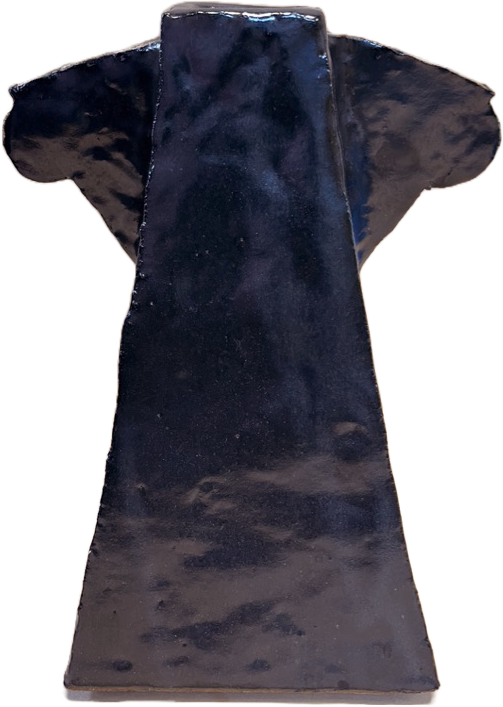

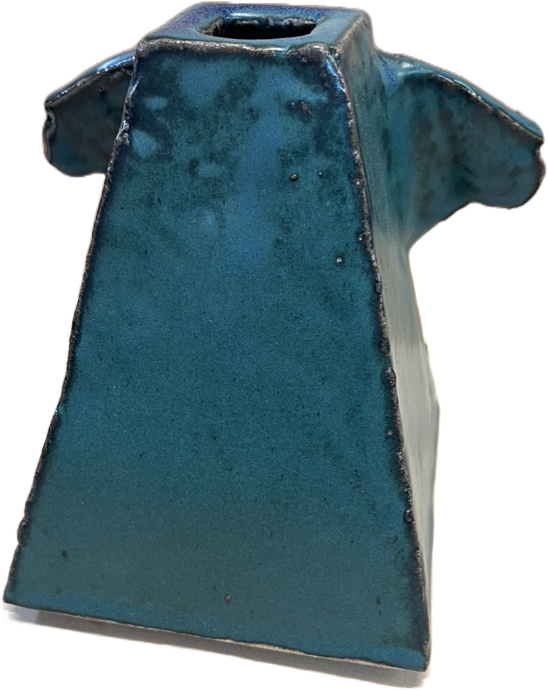


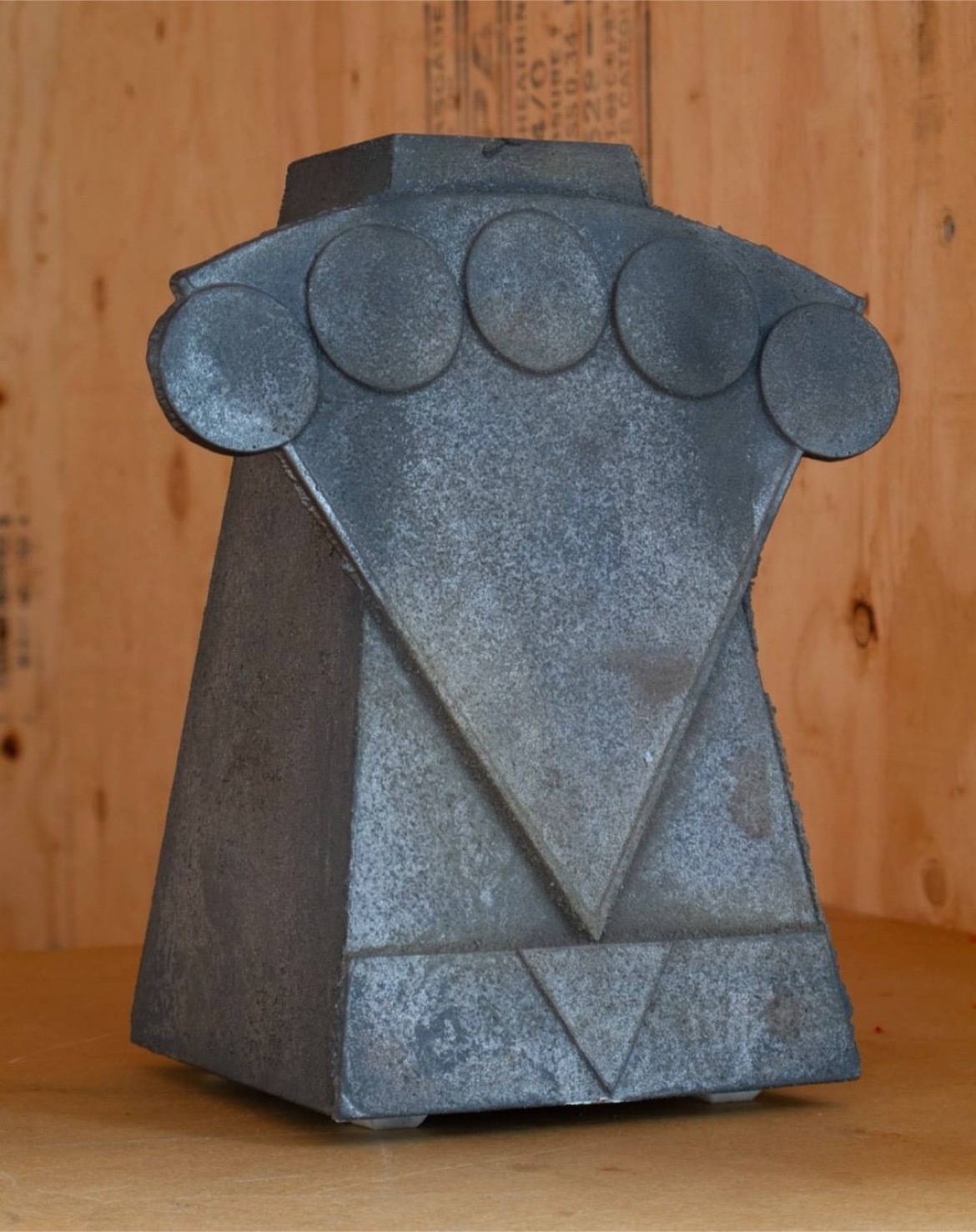
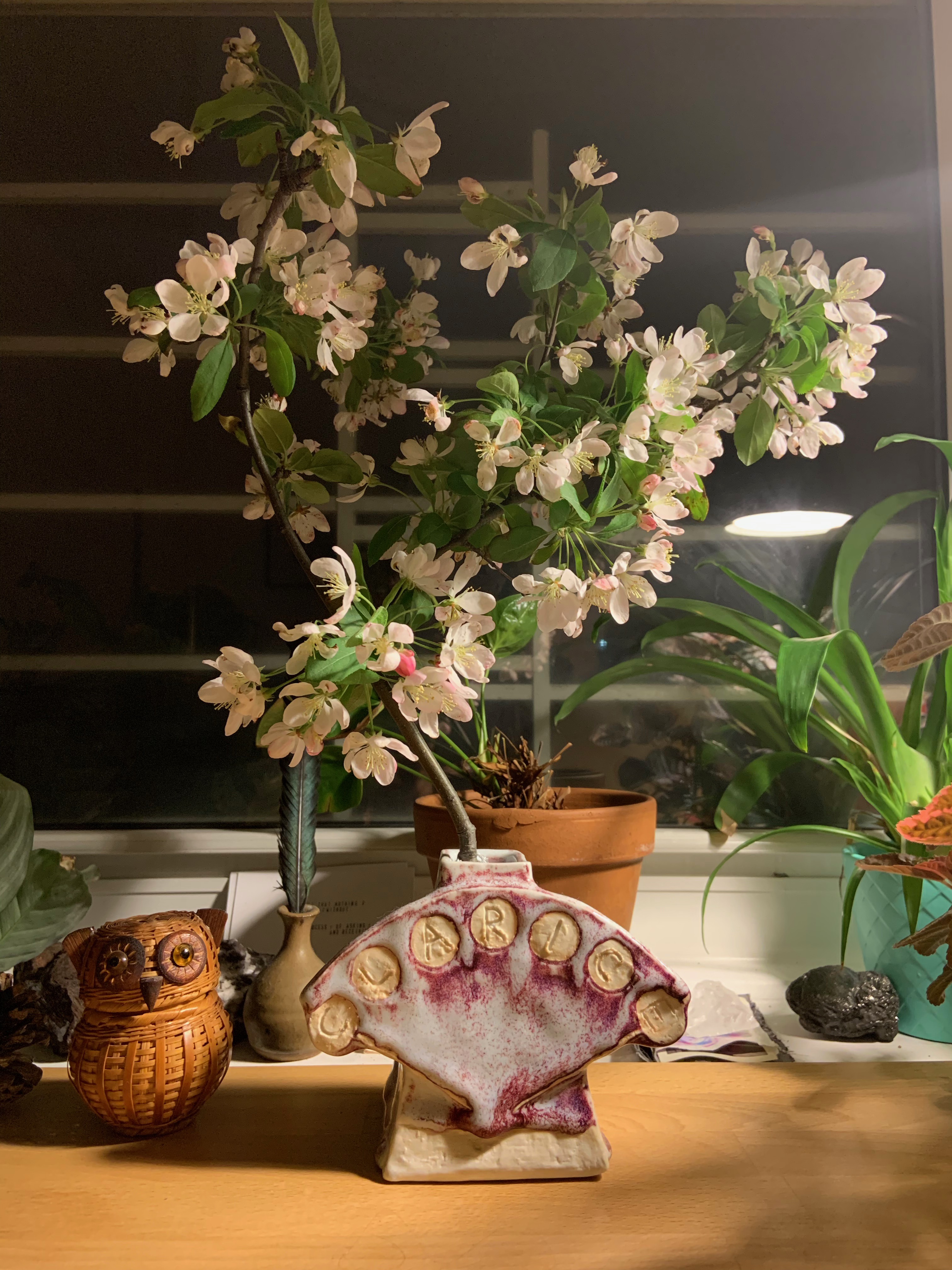
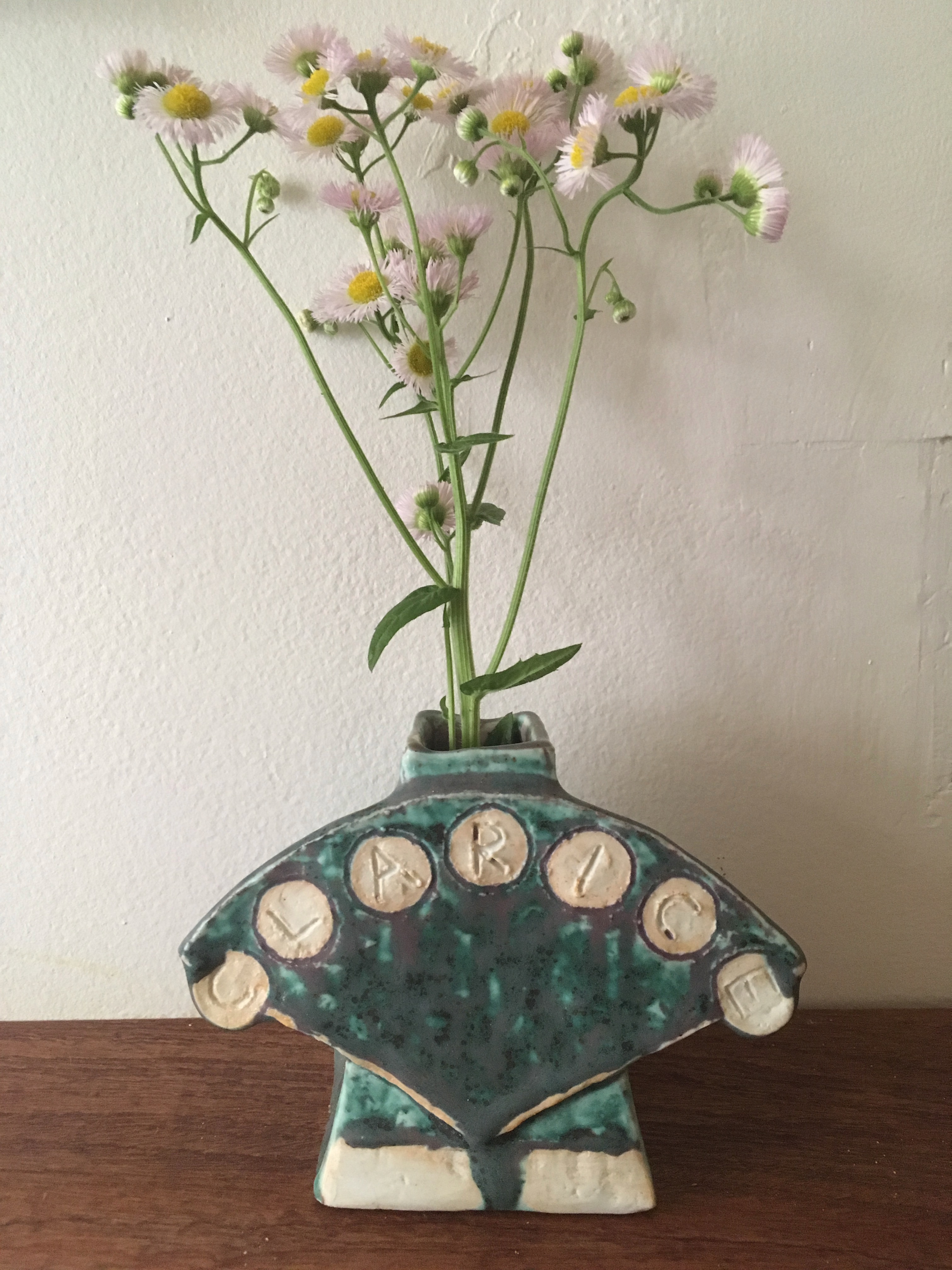
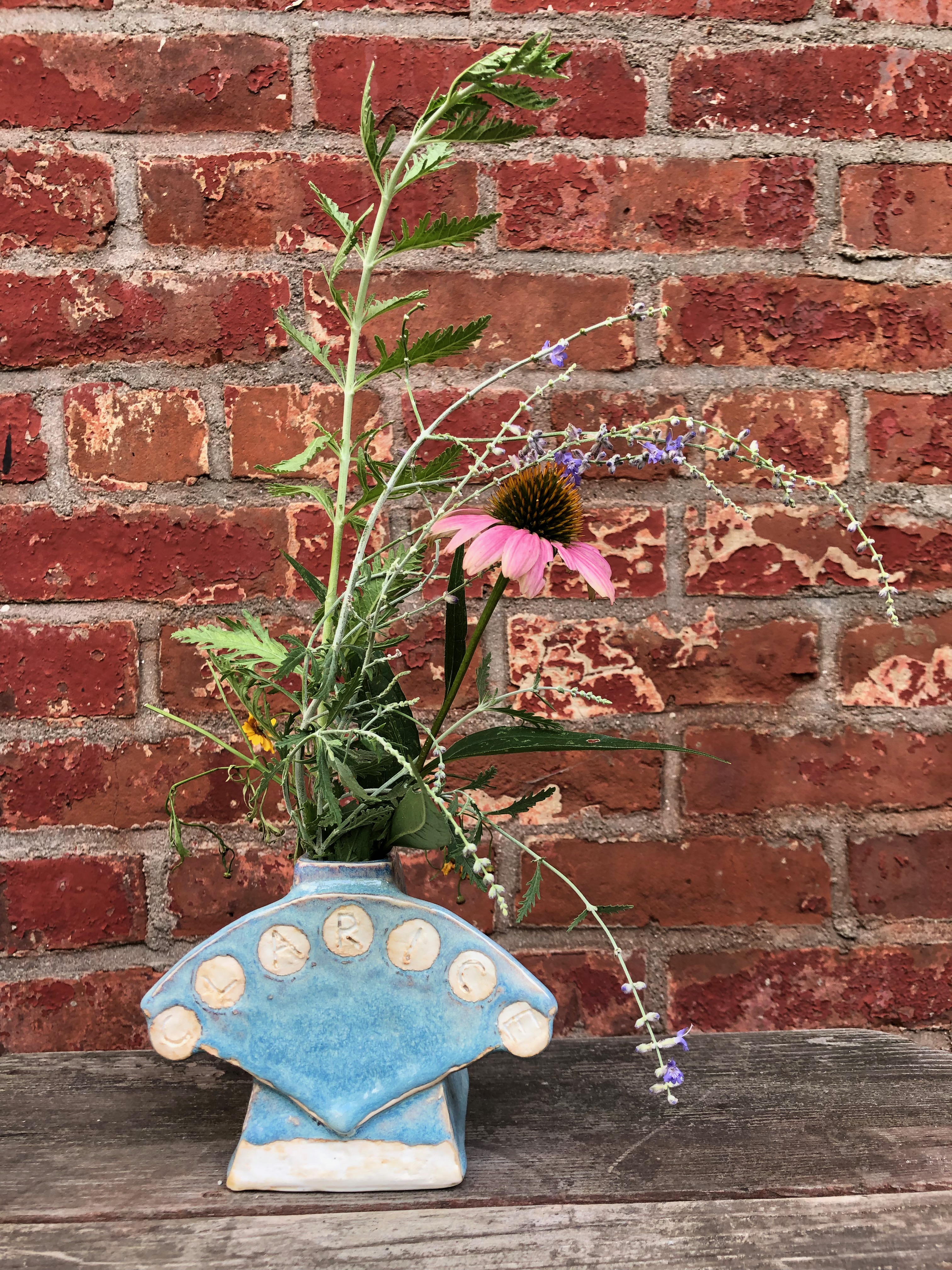

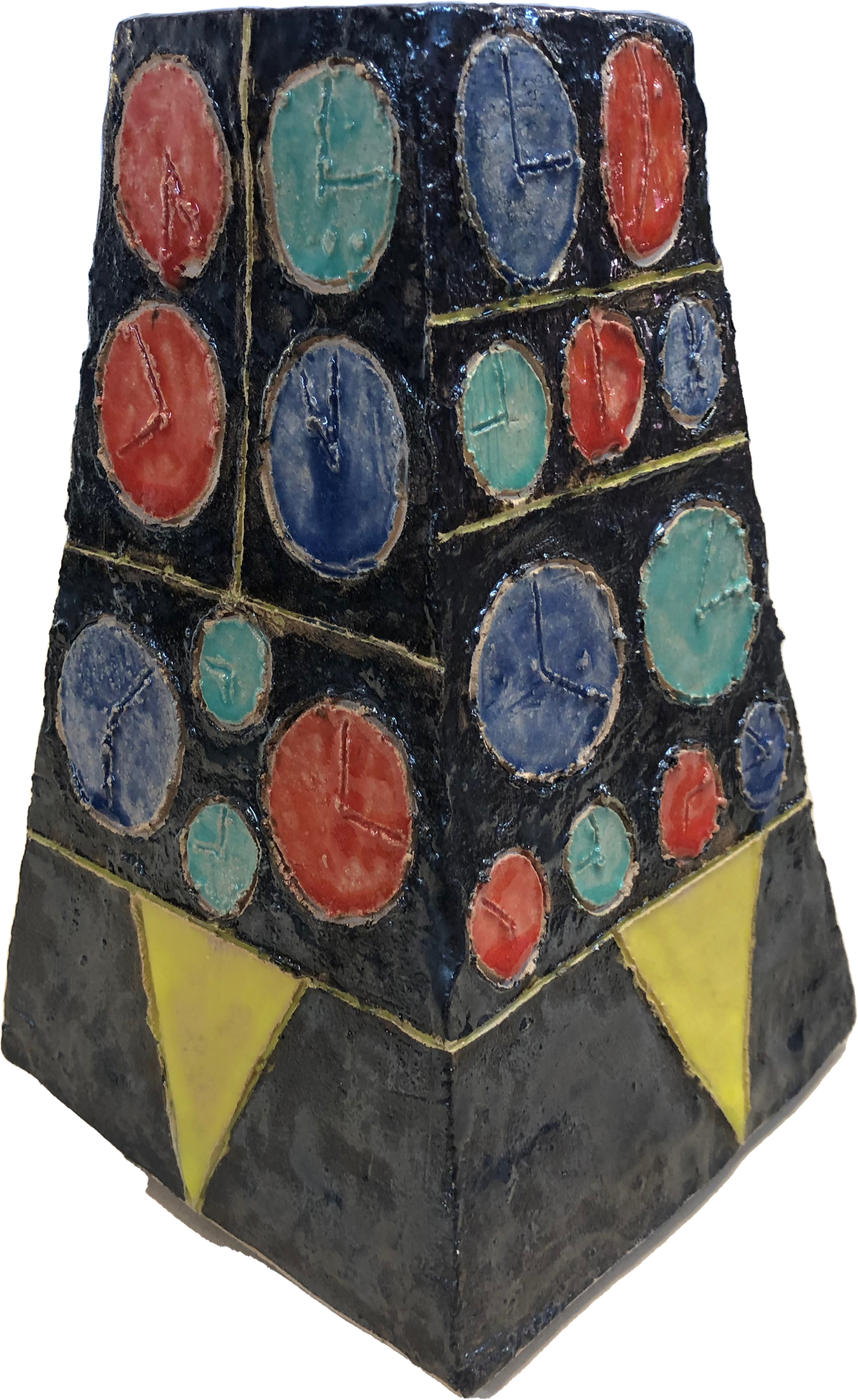


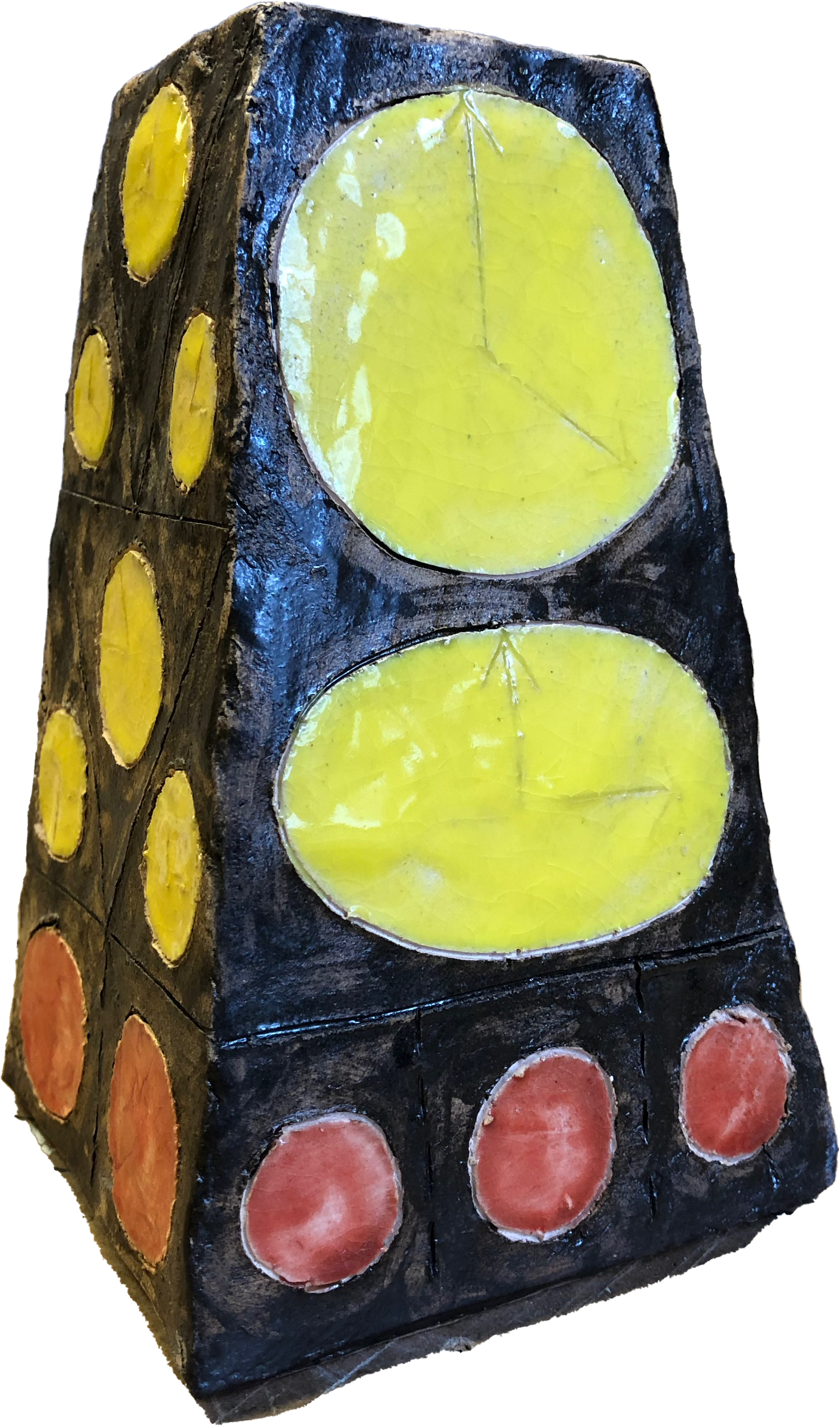


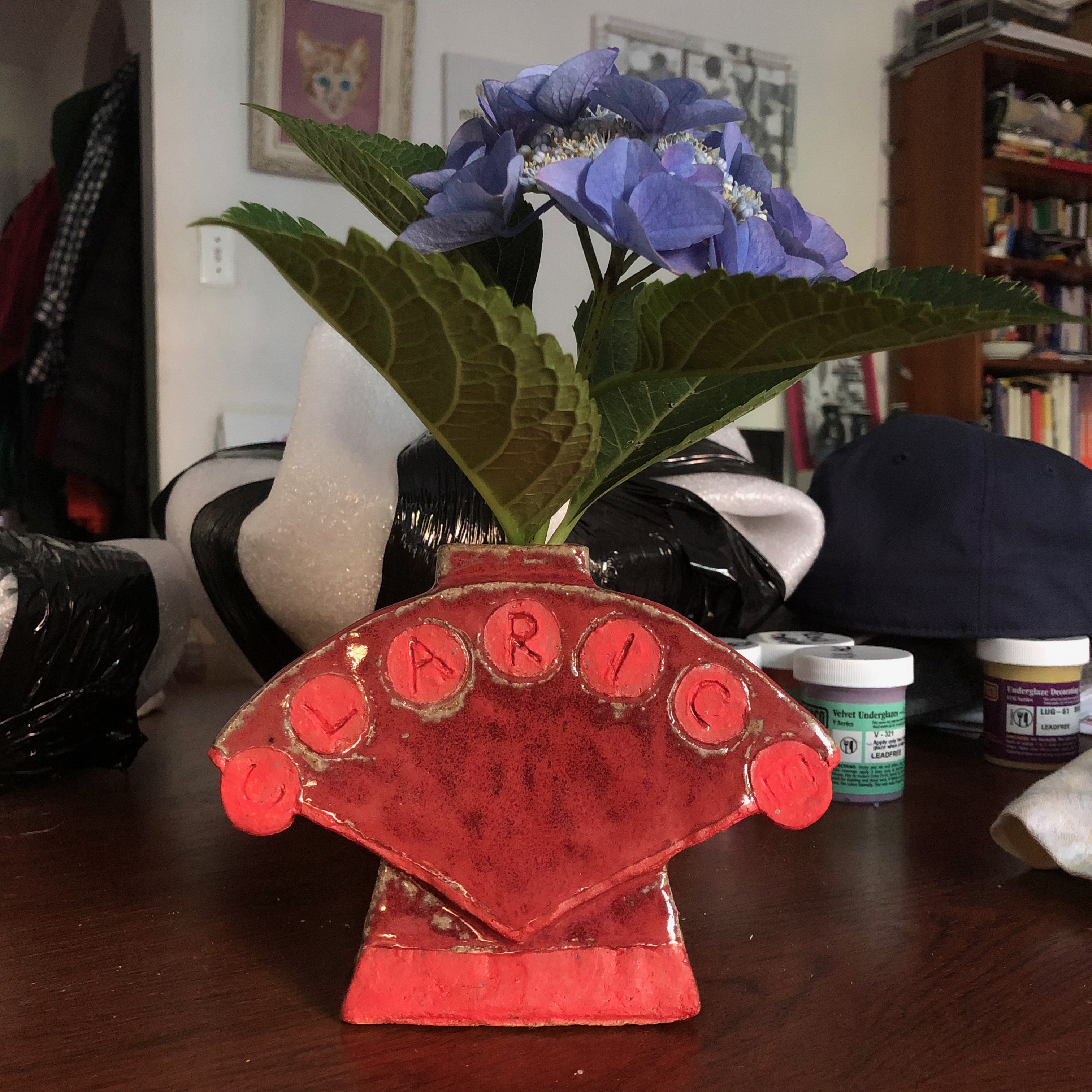




An ongoing project, MOON METRONOME, began with my interest in the particularities of an object from within Henri Matisse’s 1916 painting The Piano Lesson, on permanent view at MoMA.

In the painting, the metronome sits on a piano’s top, its back facing towards us. We see its hidden time regulating arm only through the eyes of the clock-faced student facing us at the keyboard. A bench across from the painting waits, ready to suspend the pendulous weight of one’s body in favor of the wandering eye. And of course the paint is quite dry, crystallized now for over a century; the lights are always even and the temperature controlled.
At first glance, the metronome is still as a statue.
But looking further, over there on the canvas, the metronome refuses to sit still. This is because it has been painted twice: first, as a planar collection of gently modulating grey trapezoidal planes; and second, as a black wireframe — almost coinciding with the planar form but, importantly, not quite. The bottom of this second linear metronome is kicked towards us, hinged out from the top to indicate a minutely steeper plane. Both forms exist simultaneously, the planes clearly visible through the lines. The paint is still, but the tick-tock of the metronome’s clock swings back and forth between these forms in the eye of their beholder; never at rest, these two simultaneous possibilities are always there to meet your gaze.
This motion between, the profoundly unresolved “and” of the this and this, is suggested by what is on the canvas, but these two states oscillate decidedly in the field of the subject. Planar, Linear, Planar and Linear. This delicate shift, the metronome’s tremulous movement between states, always becoming other than itself, suggests a great unravelling: a shimmering entity, on the verge, always, of becoming something else.
Metronomes are the very image of continuous time broken into intervals. They embody a conception of infinitely divisible time unfolding in a perfectly regulated continuum, but the metronome in Matisse’s painting offers something else: a version of time that is unregulated and reactive to the gaze. This is not a pre-existent time imposed from without, but rather a subjective time formed and formed anew at each viewing.
The doubled metronome in The Piano Lesson articulates a form of visual instability that I seek to mobilize in my sculptural work. In particular, the metronome opens up a speculative space between viewer and object. Though the painting is absolutely static, it continues to change: the metronome oscillates between states under the gaze of its beholder, its pulsation occurring in a shared space between object and viewer. While this formal oscillation may be particular to space of painting, a similar play of difference can be found in relation to a sculpture considered in the round: as one circles, each step pulls forth difference and change in the appearance of a sculpture and in relation to its surround; though it may be static, our experience of a sculptural object is anything but fixed.
This constellation of thoughts has coalesced in an ongoing series of trapezoidal ceramic and cast iron metronomes with doubled arms: one at either extent of the sweep, describing a pie-slice between them, prying apart the time between the ticks of the metronome. In this image two moments held in reserve and the undivided space between them exist simultaneously. The Moon Metronome emerged when I added an arc of five or seven moon-like circles connecting the two arms across their sweep, creating a graduated transit between the two moments represented by the arms on either side.
Jeffrey De Blois’s text on “Moon Metronome” for “Taylor Davis Selects: Invisible Ground of Sympathy”:
This heavy, metal object is a cast iron metronome, a timekeeping device designed to mark exact time by a regularly repeated tick. Whereas metronomes often employ an inverted pendulum rod that swings back and forth to control tempo, Moon Metronome is instead timeless and fixed between moments. Halsey Rodman’s metronome alludes to multiple overlapping timescales: geologic time, as it is cast in the metal that is, by mass, the most common element on Earth; cosmic time, given how ancient civilizations observed the movements of astrological bodies such as the moon to mark the passage of time; and what the artist refers to as “granular time,” the subjective sense of embodied time related to the lively irregularity of an individual’s heartbeat, rather than the regularity of time as measured by a mechanized metronome or clock. Even still, Moon Metronome inverts the metronome’s traditional use to allow for the movement of time around the stubbornly inert object to become palpable.